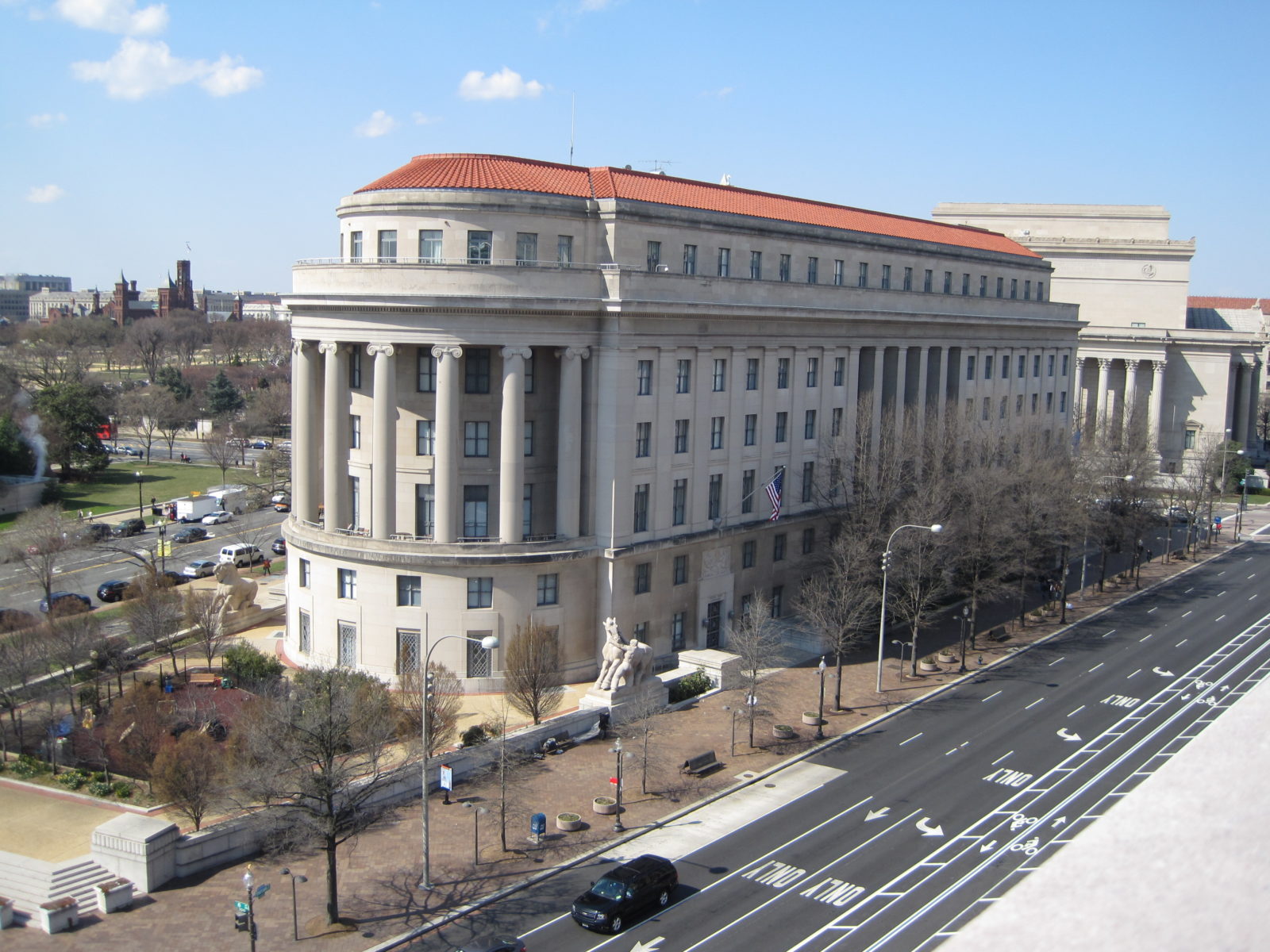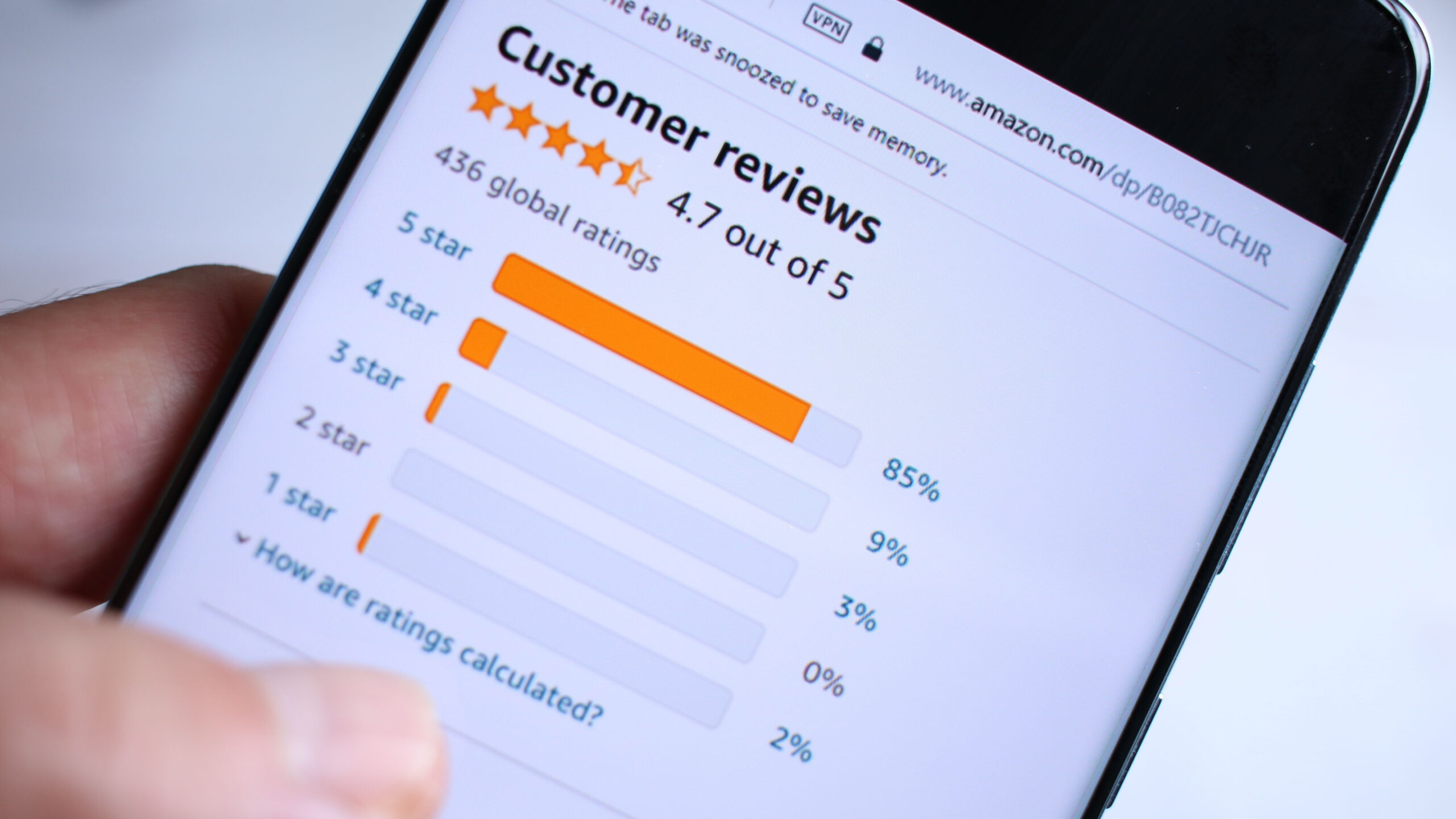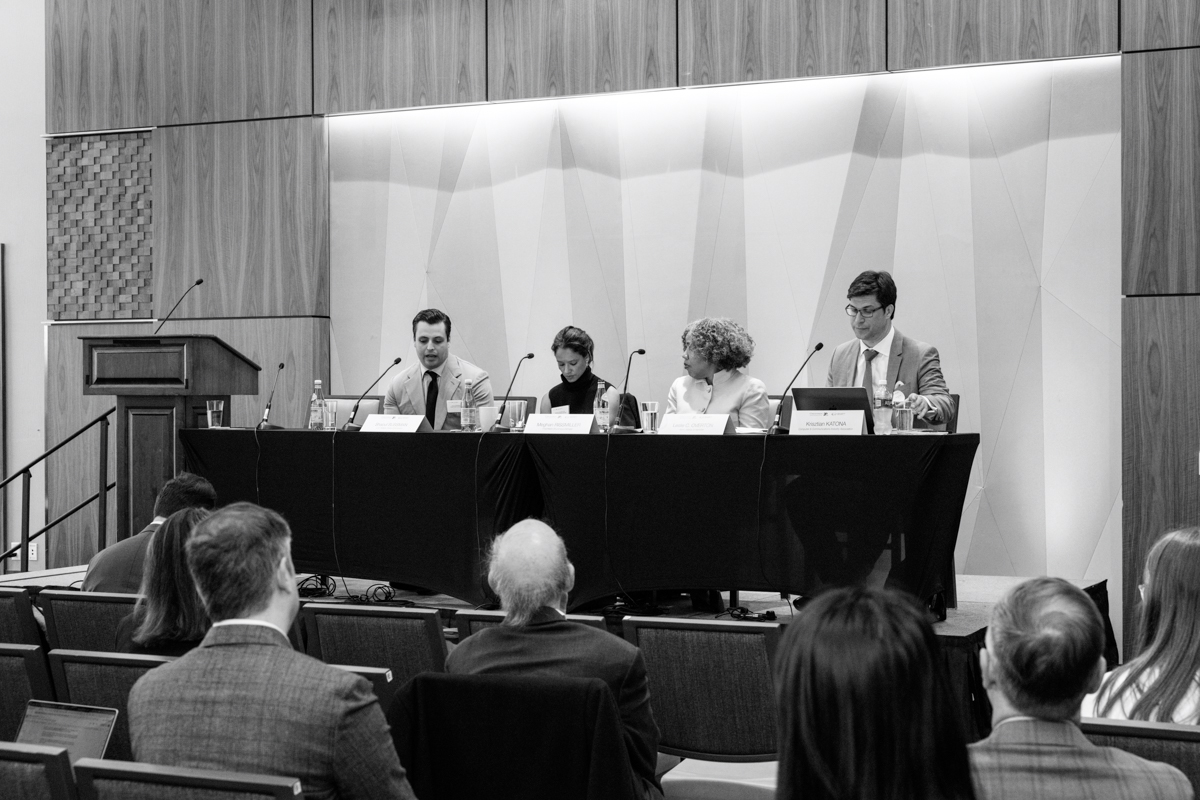First Principles for Review of Long-Consummated Mergers

The Federal Trade Commission (FTC) recently announced that it has requested that some tech companies provide the FTC with information relating to prior acquisitions not reported to it. This announcement doesn’t come as a surprise, as the FTC is taking all measures within its mandate to ensure that it fully grasps the market dynamics of the U.S. tech sector, and that consumers benefit from competition in tech.
One of the immediate questions raised after the FTC’s announcement was whether the FTC could unwind long-consummated mergers. A newly published paper by Timothy Muris and Jonathan Nuechterlein provides a technical analysis on the legal standards and burdens of proof that the government needs to meet in order to challenge a merger.
From Muris and Nuechterlein’s analysis, one may conclude that even if possible, it is unlikely that the government will be able to meet the burden of proof to challenge long-consummated mergers. The following is a summary of these authors’ analysis.
Muris and Nuechterlein explain that there are three elements enforcement authorities need to prove in order to challenge a long-consummated merger. First, authorities need to prove “but-for world” competitive superiority. Secondly, enforcers need to prove the basis for challenging a consummated merger was present at the time of consummation (“foreseeability”). Lastly, the government must show the world will be competitively better off in the future if the merger is unwound today (“prospective net benefits”). These three requirements are discussed below:
1. But-For World Test
According to Muris and Nuechterlein, where an authority wants to challenge a merger itself, because of a belief that such a transaction was anticompetitive and should have never been allowed to proceed, enforcers must prove but-for such a merger, the world is likely to be more competitive than the actual world.
This requirement is in line with the antitrust framework that prohibits only those dynamics that have an impact on competition. Additionally, the authors base their legal reasoning on the Clayton and Sherman Acts, as well as the D.C. Circuit Microsoft case, to acknowledge the burden of proof rests with the Government. In other words, there is no legal basis for shifting the burden of proof when conducting merger reviews, and it is for the Government to provide evidence of the but-for world test.
2. Foreseeability Test
Secondly, Muris and Nuechterlein refer to the requirement that the government must show its basis for challenging a consummated merger was present at the time of consummation. The authors call this requirement “foreseeability”.
Essentially, this requirement demands that the enforcers willing to challenge a merger have a basis of reasons existing at the time of consummation. Post-acquisition developments cannot be the basis to justify challenging a long-consummated merger. It is worth noting, however, that the authors emphasize that post-consummated evidence could be used to prove the anticompetitiveness of a merger at the time of consummation or to prove the opposite.
3. Prospective Net Benefits Test
Finally, the authors clarify how the government must also prove that the world will be competitively better off in the future if the merger is unwound in the present. In other words, enforcers would have to prove that the remedies imposed when challenging a long-consummated merger would serve the public interest.
So, even if the Government is capable of meeting the first two requirements (but-for world and foreseeability), it would also have to prove that the decision to unwind a merger’s prospective benefits outweighs the prospective harms. And in long-consummated mergers it is often the case that the costs and spillover effects of breaking up a corporation are inevitably high as these increase over time.
In sum, Muris and Nuechterlein provide an analysis of what the Government will have to prove if there are incentives to challenge a transaction because such consummation should have never taken place. These requirements are consistent with the U.S. antitrust framework that makes it harder for authorities to unwind mergers in the long run (as opposed to before or shortly after consummating) for legal certainty and economic reasons. And this is why the authors conclude that whereas the FTC is encouraged to continue to make efforts to understand the tech industry, it is very unlikely that they will challenge long-consummated mergers.








